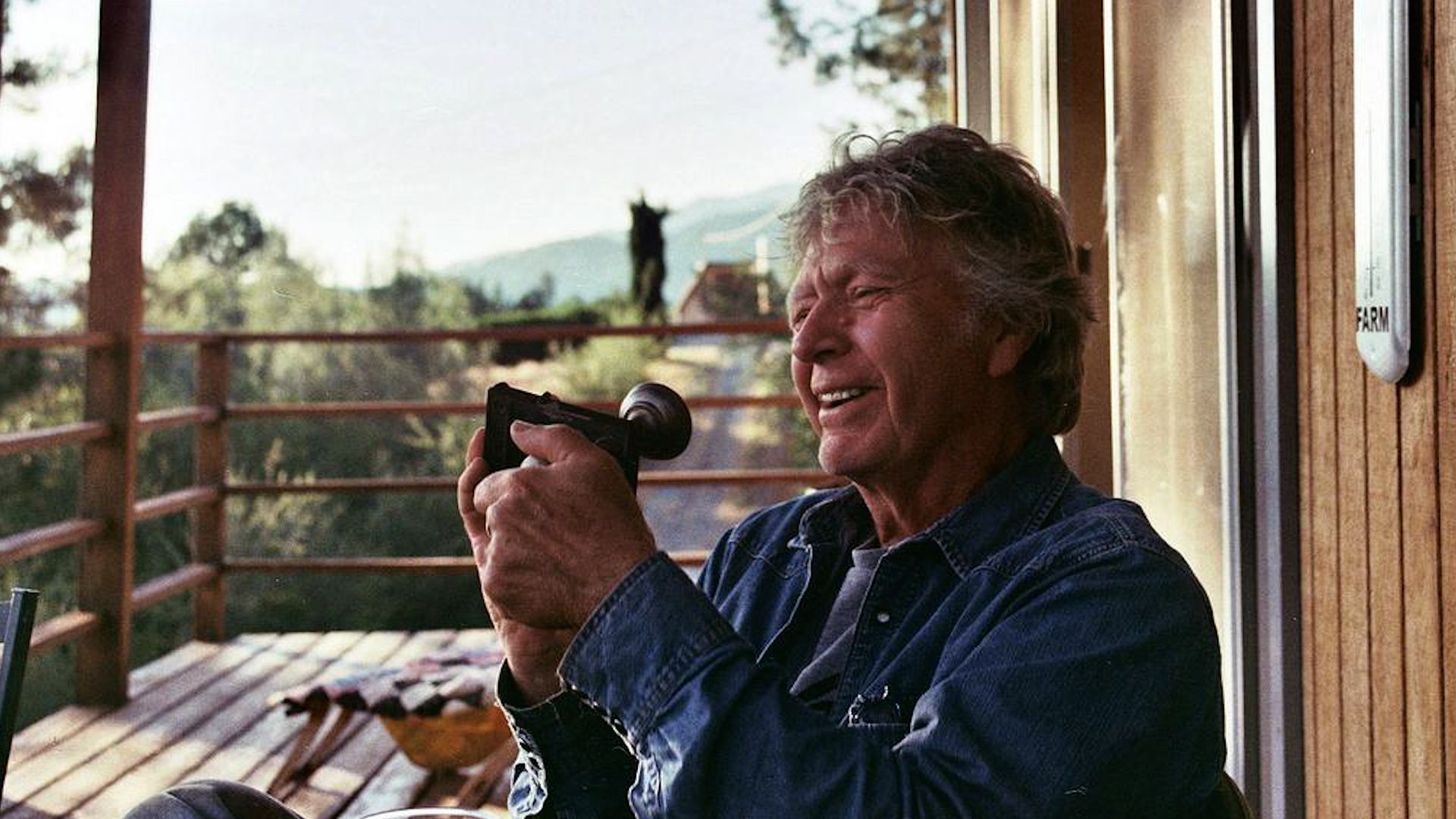Filmmaker Profile: James Benning
This article provides an introduction to the work of experimental filmmaker, James Benning.

James Benning is an experimental filmmaker and educator from Milwaukee, Wisconsin. His formative years were spent playing baseball, and studying mathematics at the University of Wisconsin–Milwaukee (Benning, “Staff Profile”). Thereafter, Benning was engaged in grass-roots political activity for several years, and then went on to complete an MFA from the University of Wisconsin–Madison in the early 70s (Benning, “Staff Profile”). It was around this time when he began independently making his first short films on 16mm analogue cameras (Benning, “Interview with Young”). Benning has since prolifically created both analogue and digital films of varying lengths in a career that spans over fifty years. Alongside this career, he has also taught filmmaking at a number of different universities, and currently teaches at the California Institute of the Arts (CalArts), where he has mentored filmmakers such as Deborah Stratman.
Comprising over sixty projects, Benning’s filmography is vast and, through this body of work, he has been able to experiment with a multitude of different forms and subject matter. In the introductory spirit of this article, however, I will focus on two major concerns that many of his films appear to interrogate in one way or another. Namely, these concerns are with:
Landscape and the Environment
Benning’s films often endeavour to reveal the relationship between humans and the environment, whether that be natural, urban, or something in-between. The overarching characteristics of many of his films notably include extended static shots of landscapes that are held long enough to allow the gradual emergence of new components in the composition (or lack thereof). Although never explicitly disclosed by his films, these slight compositional shifts signal a greater meaning beyond the image, and tell a story (albeit a non-conventional and nuanced one) about the impact mankind has on the environment.
We can see an example of this in 13 Lakes (James Benning, 2004), which consists of 13 extended shots of different lakes in the United States. At first, it may not seem that much is happening in comparison to films that follow a conventional narrative structure. But, as each shot draws on, new developments occur within the frame, such as a speed boat cutting across one shot, or a large naval vessel slowly approaching from a distance in another. In this way, Benning’s films are not romantic: he does not present his landscapes as sacred or untainted (Lübecker and Rugo, 2018: 1). Rather, they display an acute awareness of man’s dominion over the natural environment, or at least the attempts at such (Lübecker and Rugo, 2018: 1 – 2). Nikolaj Lübecker and Daniele Rugo (2018: 1) have noted this complex rendering of the natural environment in Benning’s films, writing:
Whilst Benning’s formal methodology is far removed from that of conventional documentaries on similar topics, his nuanced rendering of landscape and the environment has nonetheless resulted in films that possess a potent political and ecological consciousness. As Lübecker and Rugo (2018: 2) point out, Benning’s work has for some time probed the issues that occupy some of the most pressing ecological debates being had today and he is, in this way, a seminal filmmaker who has considered and, indeed, documented this topic thoroughly.
Time and Duration
Alongside Benning’s interest in landscape, is a concomitant preoccupation with time and duration. It is quickly discernible that many of his films consist of shots that are very long. In the following extract from an interview conducted by Felix von Boehm, Benning elucidates his thoughts on time, duration and their relation to his filmmaking practice:
In an attempt to grapple with the perplexity of time and duration, Benning turns to his mathematical education, which is able to define these two elements with concise yet abstract language. In mathematics, he explains, duration is an increment and time is a single point that moves along this increment and remains always in the present moment (Benning, “Interview with von Boehm”). He also thinks of the relation between time and landscape in similarly mathematical terms, stating that “landscape is actually a function of time” (Benning, “Interview with Young”). By this, he elaborates that “the only way one can understand landscape is through time…If I show something for two and a half minutes and not much happens, you learn that. From a still photo you wouldn’t know if there was activity or no activity” (Benning, “Interview with Young”).
A cogent example of this dynamic can be seen in Ten Skies (James Benning, 2004). Like many of Benning's films, Ten Skies follows a minimal, but arithmetical, structure. In total, the film runs for just over an hour and a half, and features 10 long static shots of different patches of sky. The extended temporal allotment granted to each shot allows different cloud formations, both natural and man-made, to develop in and out of the frame. Whilst some of these clouds form gently and others violently, they all point to the topographies and activity occurring on the land below and beyond the frame. Benning touches on this dynamic, saying:
Despite their rigid structure, then, the frames of a Benning film are rather open and porous by virtue of their prolonged duration. Traces of entire ecosystems would go unnoticed if the same scenes were captured in a still photograph or short clip. The sheer length of each shot presents an exercise in perception: the closer you pay attention, the more information you will glean. This is a vital dimension of Benning’s films, and a method in which he strives to challenge his viewer’s ways of looking and listening. Once this challenge has been accepted, and met halfway, an endlessly enriching viewing experience soon follows.
Parting Recommendations
As mentioned earlier, Benning’s filmography is extensive and, to the new viewer, it can be perplexing trying to decide where to start. Benning himself recommends starting with his first feature-length film, 11 x 14 (James Benning, 1977), and working your way up chronologically to his most recent work (“Interview with Young”). Whereas, a cursory curation of some of my personal favourites include:
Ten Skies (2004)
13 Lakes (2004)
Landscape Suicide (1986)
Natural History (2014)
Nightfall (2012)
The California Trilogy:
El Valley Centro (1999)
Los (2001)
Sogobi (2002)
Wherever you decide to start, however, Benning’s films are sure to leave an indelible impression. If you would like to learn more about Benning’s work, I would recommend James Benning’s Environments: Politics, Ecology, Duration , which is a collection of academic articles edited by Nikolaj Lübecker and Daniele Rugo, as well as several interviews that Benning has given on his work. I’ve included links to all of these resources below.
References
· Benning, James. “Interview with von Boehm”, cine-fils magazine. 2011. Note: contains flashing lights.
· Benning, James. “Interview with Young”, Neil Young’s Film Lounge. 2002/03.
· Benning, James. “Interview with Zuvela”, Senses of Cinema. 2004.
· Benning, James. “Staff Profile”, California Institute of the Arts.
· Lübecker, Nikolaj and Daniele Rugo. “Introduction” in James Benning’s Environments: Politics, Ecology, Duration. Edited by Nikolaj Lübecker and Daniele Rugo. Edinburgh: Edinburgh University Press, 2018.


